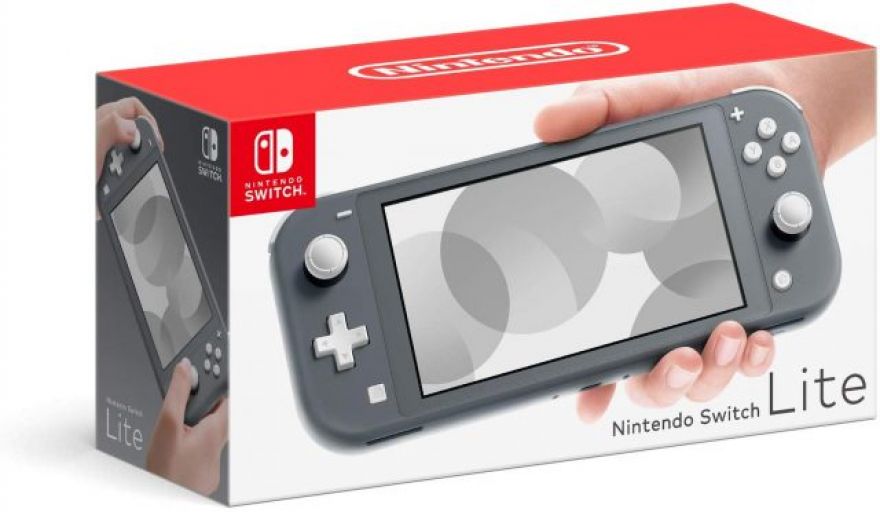
Nintendo’s Switch Lite Is Selling Like Crazy, JoyCon Drift Be Damned
The Switch Lite is selling incredibly well for Nintendo. The company revealed during its last quarterly report that it shipped 1.95 million Switch Lite consoles in the first ten days it was available. That compares well even against the Switch, which sold 2.74 million units in its first month on shelves when it launched in April 2017.
The Switch Lite’s performance is a bit surprising for two reasons: It’s a less expensive version of a new console, not a brand-new system, and the price difference between the two is not as large as some of the other consoles on the market.
But any fear that the drift problem might lead to sales problems was apparently wrong. Nintendo has racked up huge results for the console in just the first few weeks. Nintendo moved 4.8M Switch consoles this quarter and 1.95M of them were the Switch Lite. Game sales were up 48 percent thanks to the strong performance of titles like Link’s Awakening. The Switch family is projected to beat the SNES lifetime (49.1M units) and could even top the 61.91M units sold over the lifetime of the original NES. Super Mario Maker 2 (3.93M units), Fire Emblem: Three Houses (2.29M units) were the other two major titles for top performance this quarter.
It’s striking to see how strong the Switch is performing in comparison with the last major handheld that Nintendo launched. The 3DS had major problems at launch, with slow sales and a weak game lineup. A lot of articles were written about how mobile games and handheld titles were eating the entire market, and consoles like the 3DS might be a casualty of this process. I remember thinking that the 3DS could probably be flipped into a success, but that the console would be unlikely to repeat the DS’ success. That’s more-or-less how things played out for Nintendo, while Sony was driven out of the handheld market altogether.
Given the rocky situation for handhelds, you might have expected Nintendo to move away from them altogether. Instead, the company explored the concept in two stages, first with the Wii U’s handheld controller (which generally failed), and then with the Switch, which rather obviously hasn’t. It’s an interesting example of how Nintendo was willing to stick with a concept and polish it when other companies might have pulled the plug and gone back to building more conventional living-room hardware. Instead of treating the Wii U as if it failed because of the controller, Nintendo obviously decided that it failed because the controller wasn’t an independent gaming system capable of running the living room games people wanted to play while simultaneously providing on-the-go options.
Sony and Microsoft continue to cater to the more traditional gaming crowd, and Nintendo’s JoyCon drift problem is a severe issue that the company should fix whether its hardware is popular or not. But the Japanese firm has a knack for finding the right way to zig when others are zagging.
Now Read: